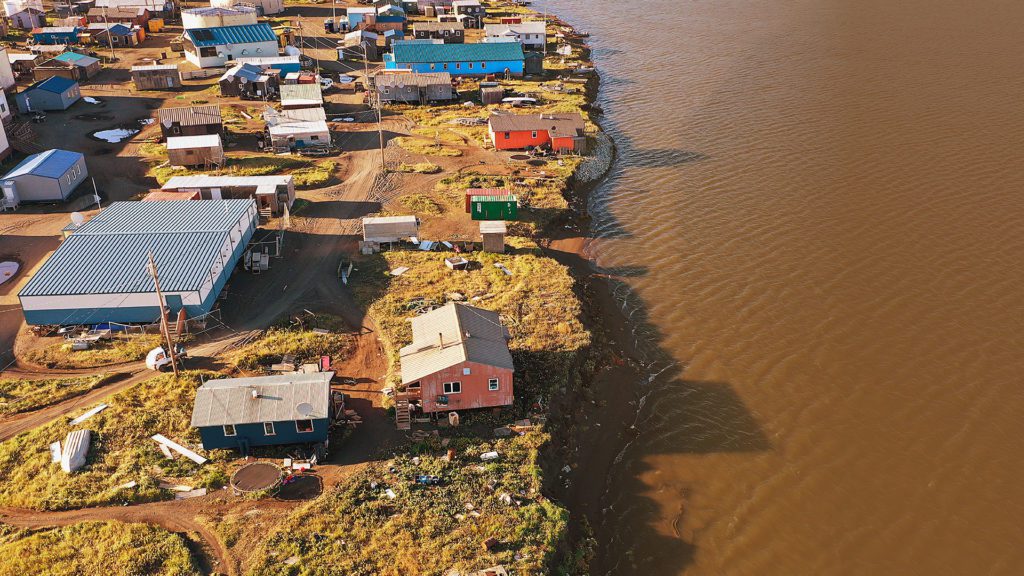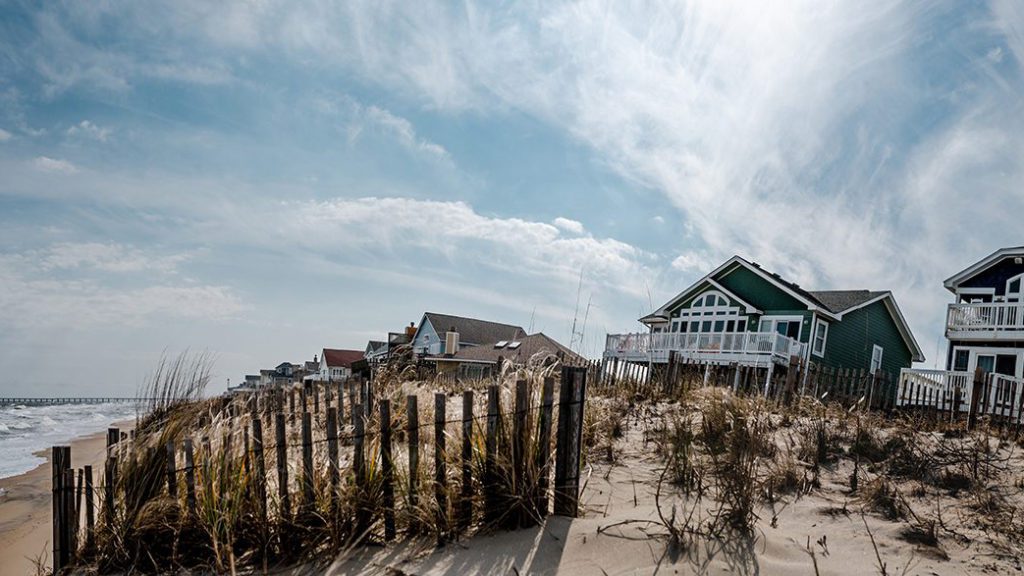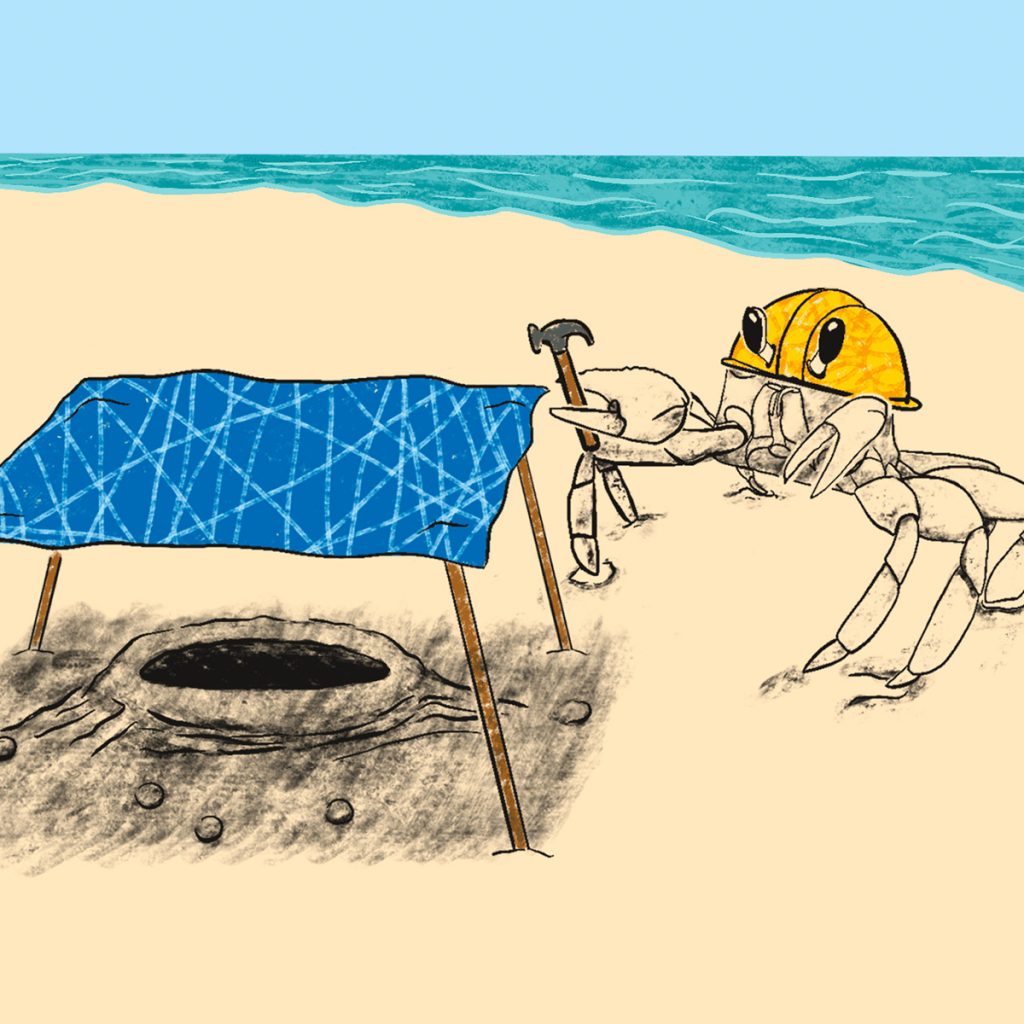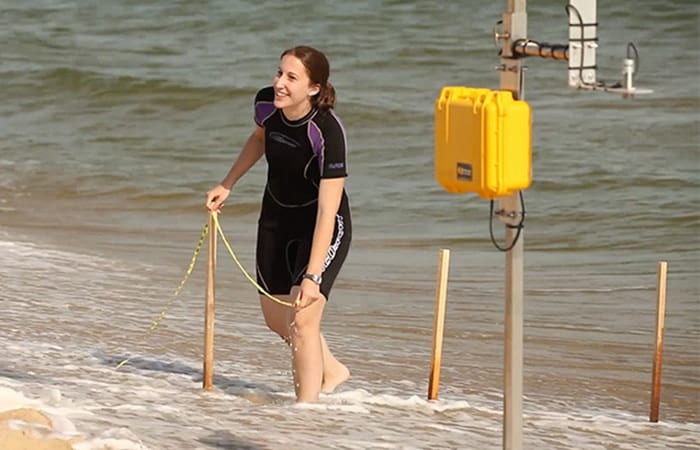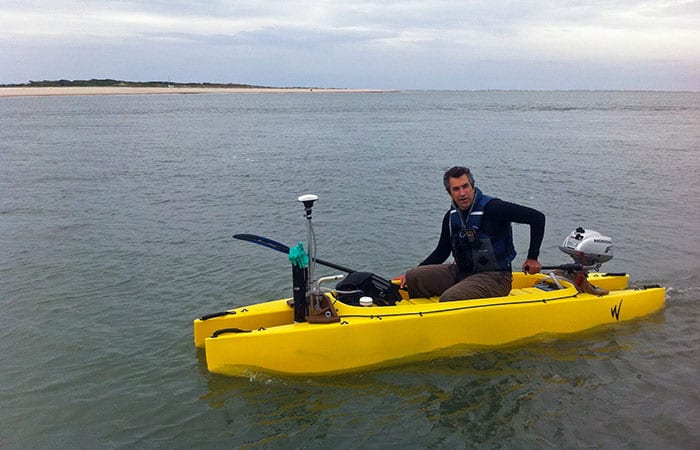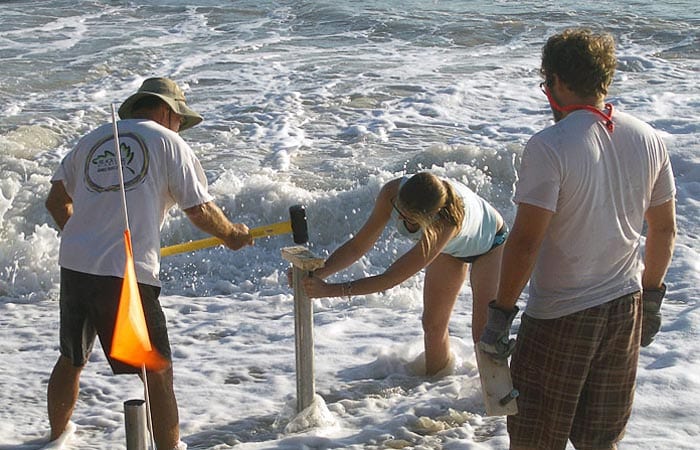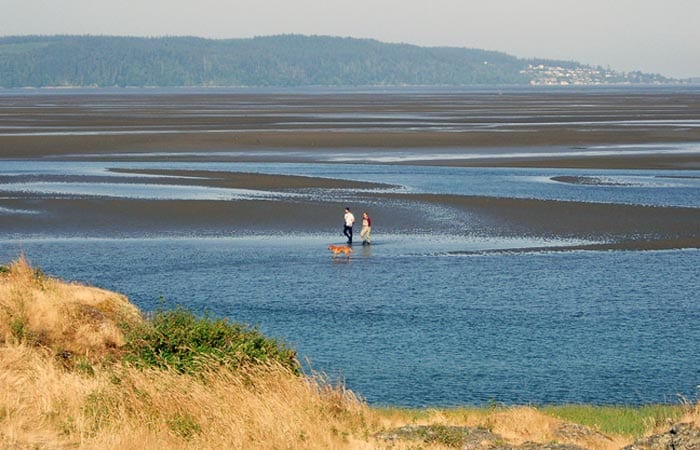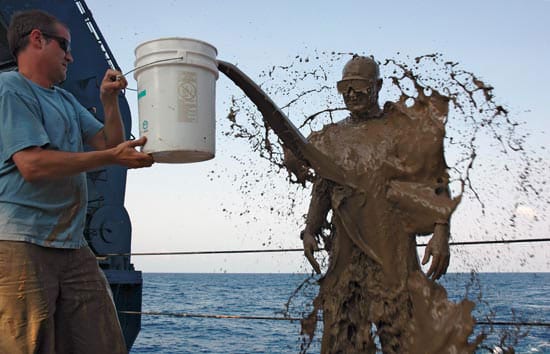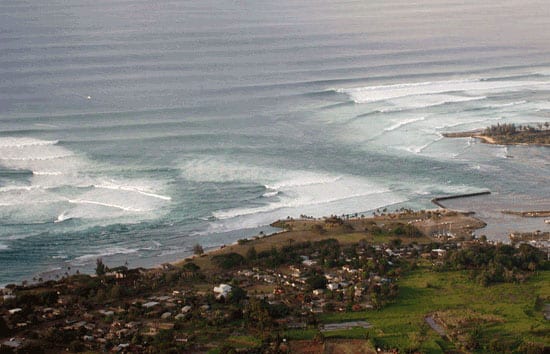Britt Raubenheimer
Refine by
Date
Topic:
Article Type
Special Series
Author
With worsening storms, can the Outer Banks protect its shoreline?
The double-whammy of more intense storms and a COVID-era real estate boom has scientists and planners focused on resiliency
Burrows on the beach
Rebuilding after a hurricane isn’t easy—especially for those pale, stalk-eyed creatures known as ghost crabs
From Lab to Sea
Scientists at Woods Hole Oceanographic Institution share their field-tested experience, training graduate students on methods and instruments to collect data in the coastal ocean.
Shifting Tactics in Shifting Shoals
The best-laid plans of scientists often go awry when they actually get into the field. “That’s when designing an experiment becomes adapting an experiment,” said Peter Traykovski, an oceanographer at Woods Hole Oceanographic Institution (WHOI)….
Shifting Sands and Bacteria on the Beach
Most coastal communities in the United States test the water at beaches for the presence of bacteria. But they don’t routinely test the sand. Does sand also harbor bacteria? Until recently, few people have worried…
No Day at the Beach
Field research in oceanography is no day at the beach—even when it’s at the beach. Just ask the students who spent last summer doing research on a swash zone near Seattle. The swash zone, the area…
Shaping the Beach, One Wave at a Time
For years, scientists who study the shoreline have wondered at the apparent fickleness of storms, which can devastate one part of a coastline, yet leave an adjacent part untouched. How can this be? The answer lies in the physics of the nearshore region?the stretch of sand, rock, and water between the dry land behind the beach and the beginning of deep water far from shore.

